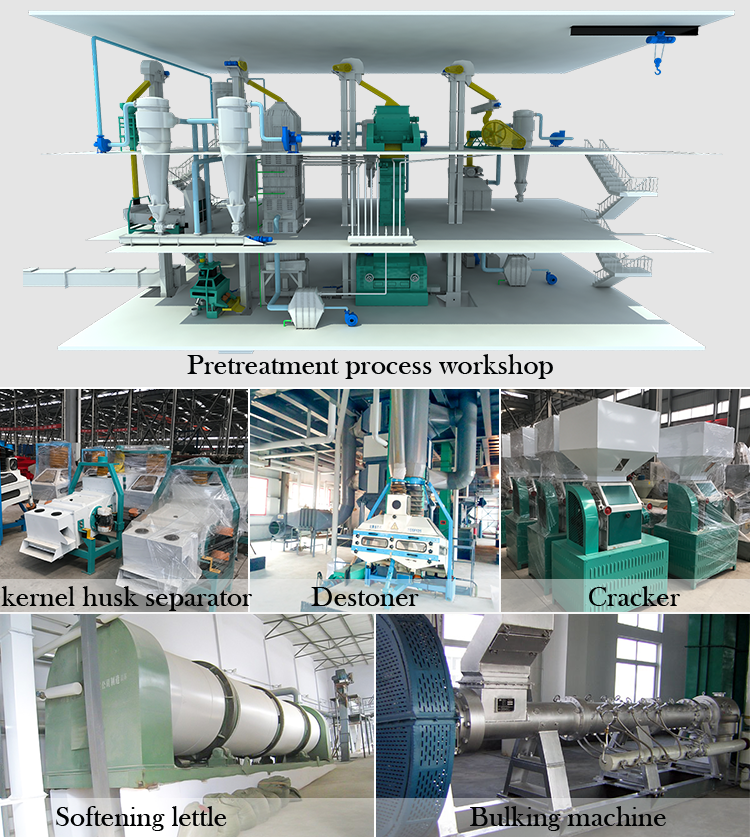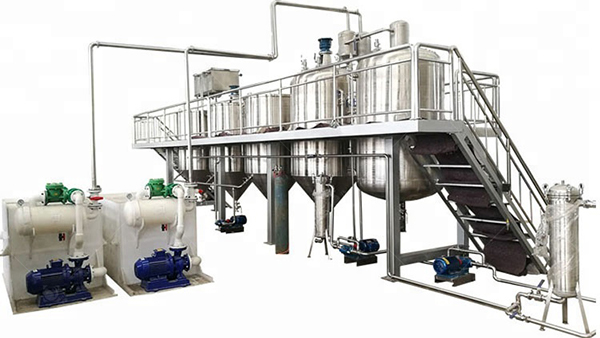
Designing reliable pretreatment systems for oil extraction plants with daily capacities ranging from 30 to 5,000 tons requires a meticulous understanding of the unique characteristics of the raw materials involved. This article offers an expert comparative analysis of pretreatment parameters and equipment selection for cottonseed and sunflower seed processing, focusing primarily on critical stages such as cleaning, crushing, conditioning (softening), flaking, and cooking. The goal: To empower oil mill engineers and project managers with actionable insights that minimize operational risks and enhance overall production line stability.
Cottonseed and sunflower seed differ substantially in their physical and chemical properties, which directly influence pretreatment requirements. For instance, cottonseed typically contains 40-45% oil content and has a harder hull, necessitating more rigorous softening and conditioning to facilitate efficient solvent extraction. In contrast, sunflower seeds have a slightly higher oil content, around 48-52%, but feature a thinner hull and higher moisture sensibility, mandating precise moisture and temperature control during pretreatment to prevent quality degradation.
| Parameter | Cottonseed | Sunflower Seed |
|---|---|---|
| Typical Oil Content | 40-45% | 48-52% |
| Moisture Content for Pretreatment | 9-11% | 7-9% |
| Optimal Cooking Temperature | 110-120°C | 100-110°C |
| Hull Hardness | High (requires robust crushing) | Medium (sensitive to overprocessing) |
The pretreatment process impacts not only solvent extraction efficiency but also downstream refinery performance. Below are essential stages analyzed for design reliability:
Attached equipment comparison charts and process parameter curves enable precise matching of machinery capabilities with raw material needs while considering plant scale.

Analyzing industry failure cases reveals moisture imbalance as a predominant cause of bottlenecks and quality loss. For example, excessive moisture during crushing leads to oil leakage and equipment clogging, while insufficient softening temperatures impair protein denaturation, reducing extraction efficiency by up to 8%. Using real-time moisture sensors combined with automated steam injection controls drastically reduces these risks, ensuring deviation remains within ±1.5% of target moisture.

Leveraging Qi’E Group’s cutting-edge, customizable solvent extraction pretreatment solutions ensures oil mills not only meet but exceed efficiency and safety benchmarks. Their modular equipment lineup allows scalability from 30 to 5,000 tons/day, adaptable for both cottonseed and sunflower seed processing. Patented designs focusing on energy conservation and process automation translate into up to 10% reduction in steam consumption and 15% improvement in oil recovery rates compared with conventional systems.
Integration support includes on-site parameter tuning and digital monitoring dashboards, empowering plant operators with intuitive control over critical variables such as roller gap width, steam pressure, and residue moisture—all backed by Qi’E’s global aftersales and R&D teams dedicated to continuous improvement.

Utilizing process flow charts, parameter trend lines, and equipment capability tables not only clarifies complex pretreatment workflows but also facilitates comparative analysis essential for informed project design decisions. These visual aids highlight relationships such as how crushing fineness impacts solvent diffusion or how cooking temperature tweaks affect protein denaturation, providing engineers with a powerful toolset to tailor processes for diverse oilseeds.
Discover Qi’E Group’s Customized Pretreatment Solutions for Superior Oil Mill Performance



